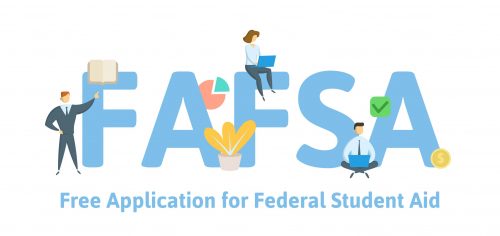The college savings industry nationally recognizes May 29 (5/29) as 529 Plan Day, a day to highlight 529 College Savings Plans. At the end of 2019, there were 13.4 million 529 savings plan accounts, with a total of $346 billion in assets.
What is a 529 Plan?
529 Plans are specialized savings accounts designed to encourage saving for the future higher education expenses of a designated beneficiary.
Contributions to a 529 Plan are made from after-tax dollars, and qualified distributions from the plan are entirely tax-free. Some states also offer additional tax benefits, such as an income tax deduction or tax credit.
How Can I Use a 529 Plan?
It’s no secret that the cost of college continues to rise. And this year, due to the COVID-19 pandemic impacting the reopening of schools nationwide, many families have chosen to enroll their grade school children in private and parochial schools. This unexpected expense is bound to impact family budgets.
The money in the plan can be used to pay for qualified expenses related to college – undergraduate, graduate, medical, and law schools – such as tuition, room and board, technology, and books.
There have been two recent changes to what funds in a 529 plan can be used for tax free.
The Tax Cut and Jobs Act of 2017 expanded the definition of a qualified education expense to include up to $10,000 for tuition costs for kindergarten through high school (K-12). The limit of $10,000 is per student per year. Also, only the tuition is a qualified expense; not books, tutors, or computers.
Using a 529 Plan for K-12 tuition does have a downside, of course. Since your original intent was to save for college, this could leave you with a shortfall down the road. We recommend speaking with your financial advisor and evaluating your comprehensive financial plan before withdrawing funds.
The SECURE Act (passed in 2019) added several types of tax- free withdrawals including up to $10,000 to pay student loan debt. The $10,000 is a lifetime maximum, however. Distributions can also be taken tax-free for the cost of apprenticeship programs, including any fees, equipment, books, and supplies for the program.
How do I Open a 529 Plan?
You can open a 529 Plan at any time, and many financial advisors suggest opening a plan as soon as your child is born. Anyone can contribute to the plan, and even small financial contributions over 18 years can make a positive difference in your college savings plan.
It’s worth noting that you can choose to invest in any state’s 529 Plan, not just your own state’s plan. When researching the different state plans, look for plans with low fees and consistent performance. You should also find out if the state’s plan provides a tax credit for contributions or a state income tax deduction.
You can enroll in a 529 Plan directly or through a financial advisor. When you enroll, you will be able to select the investment options that best suit your needs. For example, an age-based portfolio adjusts the asset allocation based on the child’s age over the life of the plan. These portfolios tend to be more conservative as the child gets closer to college and is best for savers who don’t want to be bothered by managing the portfolio and don’t have an advisor to evaluate it for them. A static portfolio is focused on achieving a specific investment objective and does not change unless the plan owner manually reallocates it. This is best for more experienced investors and individuals who are working with a financial advisor who can provide guidance. A financial advisor can guide you according to your risk tolerance and timeline.
Additional 529 Plan Resources
If your child is approaching college age, or you’re just curious about the potential costs, check out this worksheet to help you estimate the costs of a four-year college program.
There are many strategies that individuals can use to help prepare for the cost of higher education. Read “Getting a Head Start on College Savings” to learn about a few, and be sure to discuss your goals with your financial advisor.
The government maintains a college and financial aid portal to help individuals prepare for the costs associated with college. Visit www.studentaid.ed.gov to learn more.
Savingforcollege.com is an independent resource for parents that provides information and tools to help individuals meet the challenge of covering college costs.
















